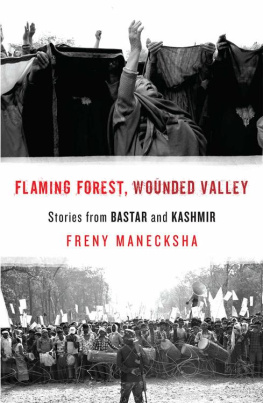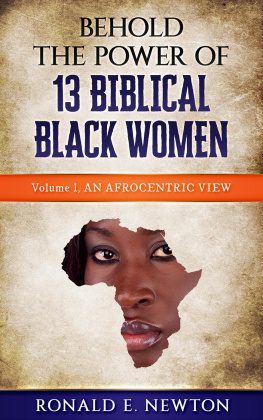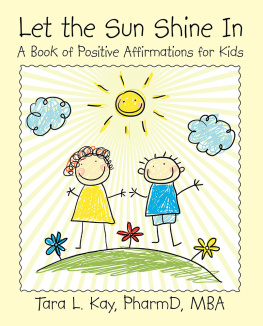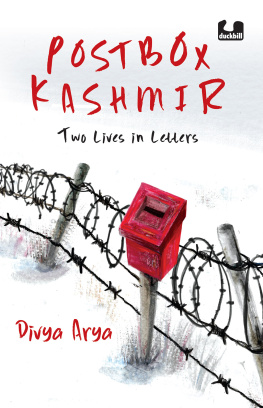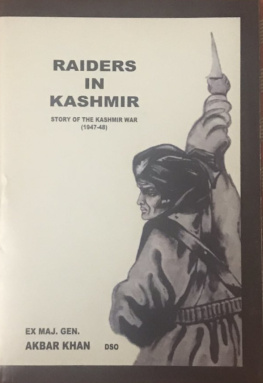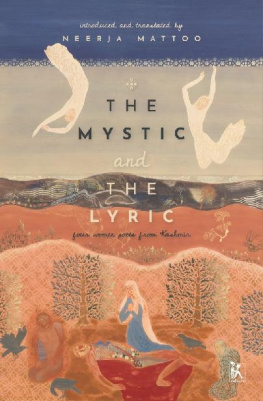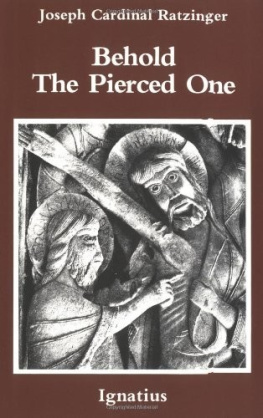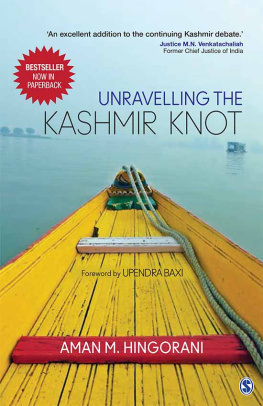BEHOLD, I SHINE
Freny Manecksha is an independent journalist, published in Himl Southasian and The Times of India : Crest Edition , among other publications, who has reported extensively from Kashmir, covering human rights and development issues. She has also worked with The Times of India and The Indian Express. Freny lives in Mumbai.
BEHOLD, I SHINE
NARRATIVES OF KASHMIRS WOMEN AND CHILDREN
Freny Manecksha
Published by
Rupa Publications India Pvt. Ltd 2017
7/16, Ansari Road, Daryaganj
New Delhi 110002
Copyright Freny Manecksha 2017
The views and opinions expressed in this book are the authors own and the facts are as reported by her which have been verified to the extent possible, and the publishers are not in any way liable for the same.
All rights reserved.
No part of this publication may be reproduced, transmitted, or stored in a retrieval system, in any form or by any means, electronic, mechanical, photocopying, recording or otherwise, without the prior permission of the publisher.
ISBN: 978-81-291-4571-0
First impression 2017
10 9 8 7 6 5 4 3 2 1
The moral right of the author has been asserted.
This book is sold subject to the condition that it shall not, by way of trade or otherwise, be lent, resold, hired out, or otherwise circulated, without the publishers prior consent, in any form of binding or cover other than that in which it is published.
To free spirits and champions of azadi everywhere
Contents
PREFACE
I n 2010, my interest in the troubled state of Kashmir was sparked by a listBody Countthat began appearing on my Facebook newsfeed. It was a tabulated catalogue, created by journalist Dilnaz Boga, of all the unarmed civilians killed in the violence of that year in Kashmirbeginning with the death of sixteen-year-old Inayat Khan on 8 January 2010.
The ever-increasing toll of fatalitieslargely of youthmade me very uneasy. Were these young boys and even some girls actually being paid by Pakistanas the Indian government claimedto throng the streets, throw stones and get killed? Media reports were fragmented and inchoatethey could not present a comprehensive picture. In October 2010, impelled by curiosity, I accepted Dilnazs invitation to come to Srinagar and gather first-hand impressions.
During my week-long stay in the Valley, I travelled with her and other reporters. I heard of local ambulances being stopped and relatives getting beaten up by security forces and of assaults in internationally accepted safe places like hospitals. These accounts brought about a quantum shift in my perceptions of the region. It also marked the beginning of the Kashmir chapter of my life. I felt an overwhelming need to revisit it, not as a tourist, but as someone who wished to understand the terrible beauty of this land and its people.
(It was with a dreadful sense of dj vu that I read of the horrors of 2010 being perpetrated with greater intensity in 2016.)
When I returned to Kashmir, seven months later, in 2011, I learnt of another name on Body CountHaneefa Begum Wani of Kreeri, Baramulla. I was told that she had been shot and paralyzed the previous summer, when she had stepped out of her home during a spell of consecutive curfews spanning thirty-five days. After months of struggling to survive, Haneefa finally succumbed to her injuries.
I wondered what compelled Haneefa to defy curfew orders? Was she, as some media reports suggested, one among the hundreds of angry protesters who had rushed to the streets after the student, Farrukh Bukhari went missing and was later found dead?
Looking for answers, I visited Haneefas home in May 2011, along with Kashmiri journalist Izhar Ali. Haneefa, a divorcee, used to live in these quarters with her parents, brothers and her young daughter Humaira. The family offered a narrative at variance with media reports. They insisted that Haneefas crime was that she was a mother desperately seeking medical attention when her child was down with typhoid fever.
Haneefas brother Abdullah Wani told me, My sister left home on 31 July 2010, saying that she would take her daughter to the block hospital, barely a kilometre away. There had been no protests that day and a group of Central Reserve Police Force (CRPF) personnel on the streets had told her that it was okay to proceed. A little later, two more CRPF personnel suddenly appeared, waving their guns. Haneefa spotted them, got alarmed, and began fleeing the scene with her childbut they shot at her retreating figure. She received five bullets on her back. The CRPF men tried to drag her still body, face down, across the street, when people, who had heard the gunshots, came rushing out of their homes. But it was too lateHaneefa had already suffered terrible injuries.
A medical report shown to me stated that the seventh dorsal vertebra bore the brunt of the bullets and this had led to her paralysis. Haneefa was taken to the block hospital and then had to be shifted to the Sher-i-Kashmir Institute of Medical Sciences (SKIMS). Abdullah said that the ambulance in which they accompanied Haneefa was stopped at least twice during the journey to Srinagar and the family severely beaten up.
Haneefas distraught mother Raja Begum added, I used to worry about my elder daughter who suffers from diabetes. But never in my wildest dreams did it occur to me that something would happen to Haneefa. What do we do now?
Haneefas brother said, We will take care of Humaira, but how do we make up for a mothers love?
I will never know decisively who the real Haneefa was or why she was on the streets. Was she indeed a protestersomeone whose fierce sense of justice made her decry a young boys killingor was she a mother whose love for her daughter made her break curfew orders and seek medical help?
What I do know is that Haneefa was a single womanwho left her husband when he took a second wife and vowed to remain her daughters sole provider. She took on this responsibility despite the difficulties. This woman had been shot.
The abiding image I carry of that visit is of eleven-year-old Humairaher head bowed, sitting in the garden. Her face seemed frozen as she gazed at the white tufts of poplar blossoms swirling in the breeze. She had borne witness to her mother being gunned down, suffering and then dying, and was now being provided for by Haneefas ageing parents and brothers. Abdullah told me that Humaira was a quiet child and rarely interacted with other children.
In 2015, when I inquired after Humairas whereabouts, I was told that she remained at her nanihal (grandmothers home). She was doing well in school and wished to become a doctor and fulfil her mothers dreams.
The day I visited Humairas home marked the beginning of a new journey for meof studying the impact of militarization in the Valley and on the lives of women and children, the most vulnerable sections of society.
It is often assumed that the women of Kashmir have not suffered the brunt of direct violence as much as the men there have done. But is this really true? Or is the scale of their suffering underestimated because it is difficult to access womens stories? Also, what of the indirect violence that has been inflicted on themshouldnt that be accounted for?
Haneefa Begum Wanis death and the cruel plight of many single women, widows and half-widows, among others, sparked within me an urge to calibrate this gender-sensitive lens to consider how Kashmiri families and communities had been ruptured by militarization and examine how women, and children especially, had been impacted.



